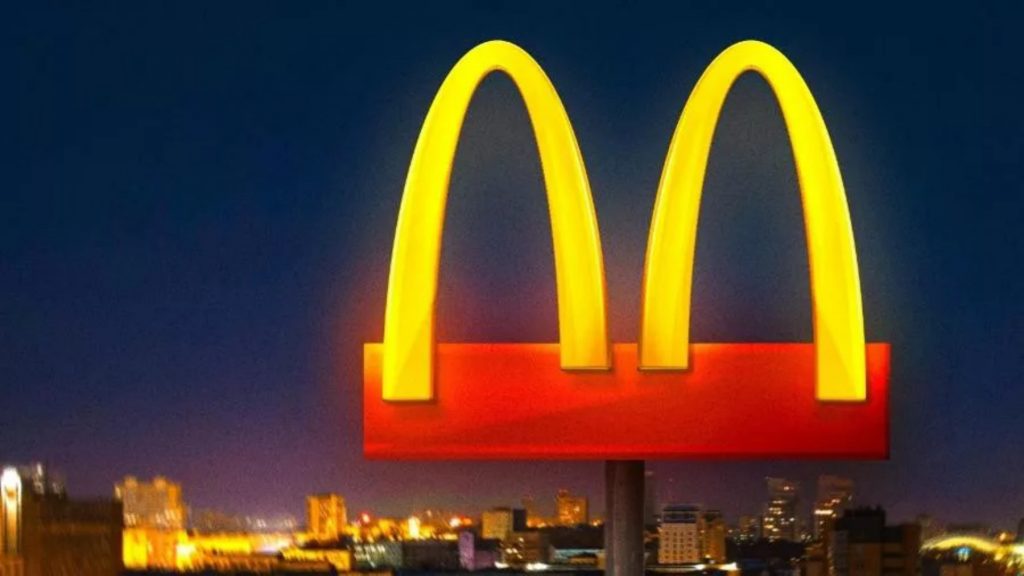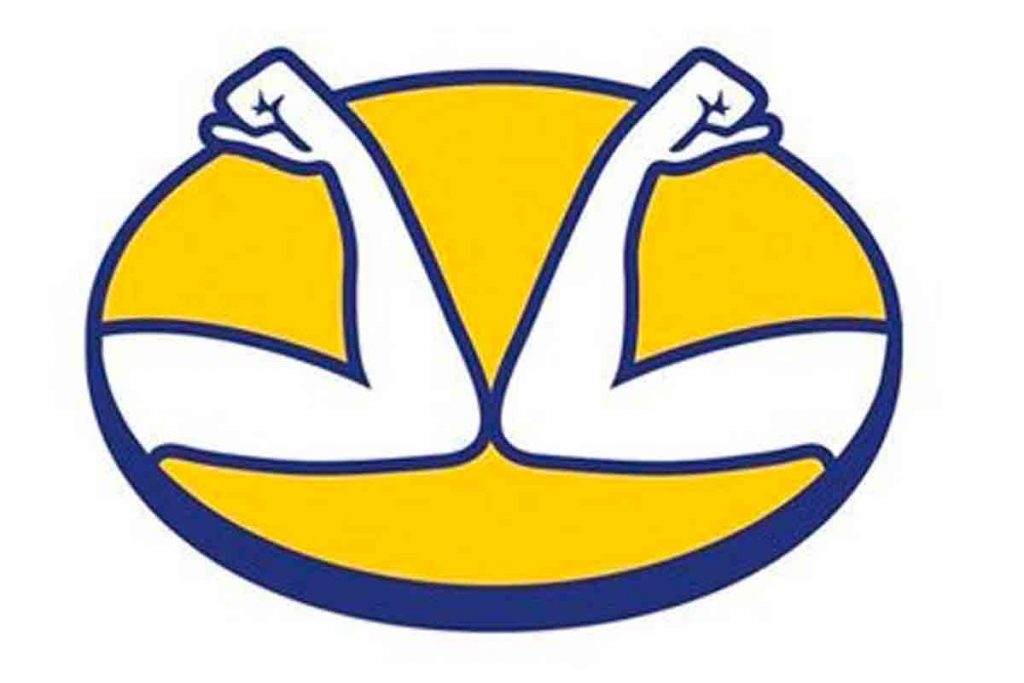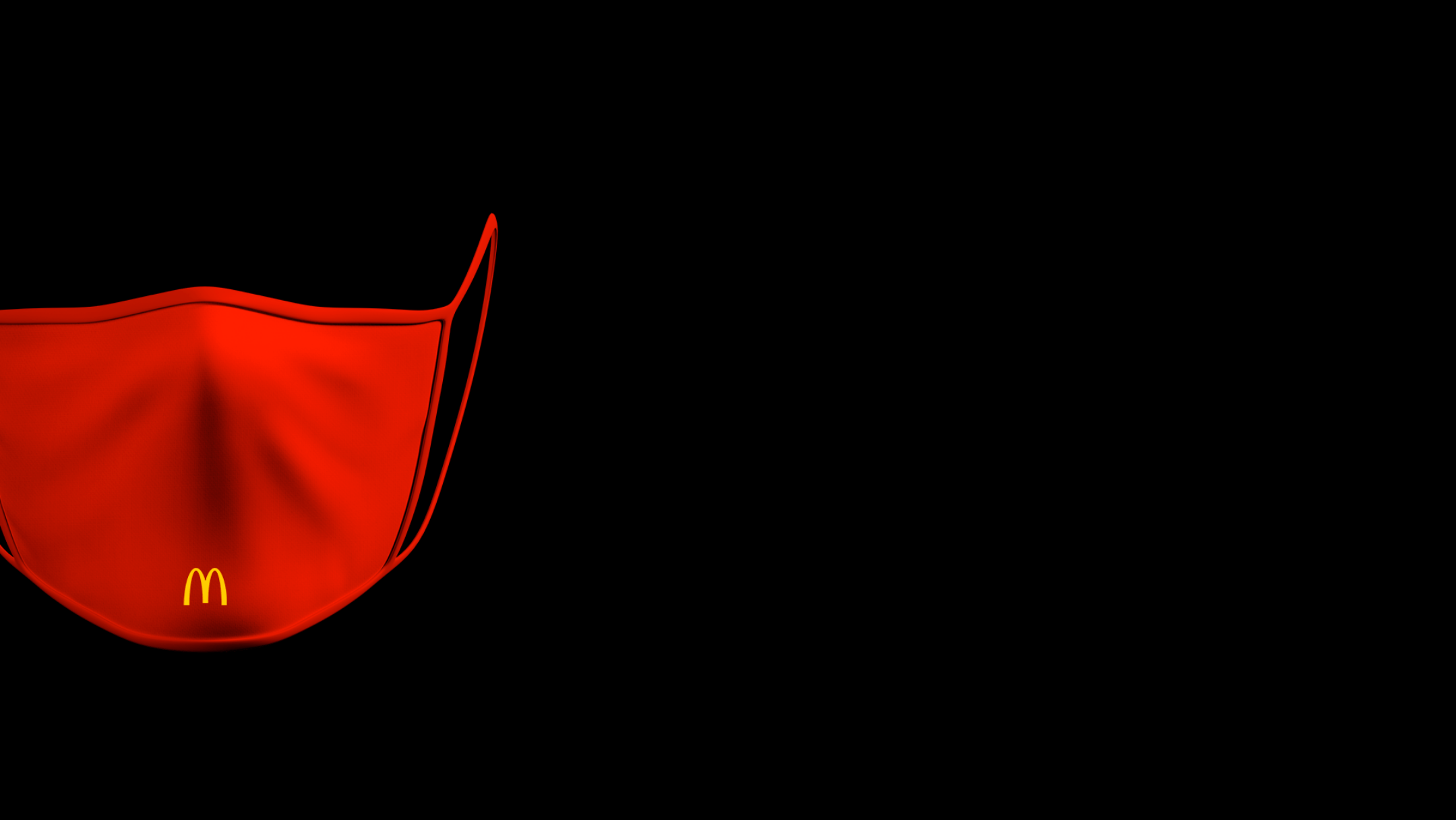When people realized that they needed to change how they were living, any kind of certainty they had about the future also changed. Consumer behavior was no different. After the pandemic, needs were replaced, making room for a new kind of thinking: "Do I really need to buy this now?".
With the quarantine taking center stage in the routine of most Brazilians, there was also concern about the economy. This has generated a great deal of empathy among people for smaller businesses that might go under if people stopped buying. It's not uncommon to see initiatives with the idea of helping Brazilian entrepreneurs who don't have the necessary funds to survive their businesses should this happen. Big brands have started to position themselves in a more altruistic way, as was the case with the Australian Outback franchise, which donated Easter eggs to small markets in the city of São Paulo, for them to resell at a profit of 100%.
One of the actions of other brands was to temporarily change your logo in an attempt to raise awareness of the importance of social distancing. An example of this was Mercado Livre, which replaced the iconic handshake with a greeting using the elbows. In the same vein, Mc'Donalds separated its traditional M into two parts and Volkswagen separated the V and W that make up its symbol.

But apart from changing their logo, what are these brands actually doing to help people at such a delicate time? Mercado Livre is an example of behavior that goes beyond a graphic solution. According to the website canaltechThe company has stopped charging commission on essential products, reducing shopkeepers' costs in an attempt to maintain prices.

I changed my logo, now what?
McDonald's has returned with its famous M after being widely criticized in the US. This was due to the impression of opportunism that was created, since the company does not provide paid sick leave to its employees. In a crisis scenario, where empathetic and human values are fundamental requirements for a good brand perception, it is important to have a strategy so as not to sound opportunistic. There are many ways to be useful at a time like this, whether it's donating Easter eggs or producing hand sanitizer. The need is to know that something is being done and that the trust we place in corporate values is being confirmed.
Which strategy to use?
If you don't know how to communicate with your audience without appearing to be taking advantage of the situation, you can start with the basics:
- Communicate what you are doing to take care of your employees.
- If you're helping a charity or people at risk, ask your audience to help you in this mission. That way the purpose of spreading this information is justified and it won't seem like the goal is just to gain visibility.
- Reinforce your brand's values in your speech, explaining that the actions taken are part of what it believes in.
- This is a time to come together, to consider partnerships for the common good.
- It is now more evident that the weight of the shares of large companies has become one of the main elements in the choice factor. And from now on, the impression is that this will continue.
From ego to empathy
As a young designer you may have heard this phrase a lot. But what does it mean? As someone who is pretty empathetic and self-critical, I never felt like it applied to me. But in retrospect, I think that's because most people use "ego" to describe inflated self-importance, when it's really just a word that describes how we understand our personal identity.
The distinction is important because letting go of your ego can be a nuanced practice in empathy. It's not just advice for arrogant jerks, it's essential for anyone working professionally. As a designer, my thoughts, tastes and keystrokes obviously are part of the equation, but it took some time to figure out that I could not create work in a silo as a reflection of my "aesthetic."
To some of you this might sound like a bummer, but when you take on a client's challenges and their point of view, you will have to think differently. You will find new approaches and you will grow. But more on that later.
"As a young designer you may have heard this phrase a lot. But what does it mean? As someone who is pretty empathetic and self-critical, I never felt like it applied to me."
Ernst Neufert in "The art of architectural design".

OK, but what does this have to do with my brand?
As a young designer you may have heard this phrase a lot. But what does it mean? As someone who is pretty empathetic and self-critical, I never felt like it applied to me. But in retrospect, I think that's because most people use "ego" to describe inflated self-importance, when it's really just a word that describes how we understand our personal identity.

As a young designer you may have heard this phrase a lot. But what does it mean? As someone who is pretty empathetic and self-critical, I never felt like it applied to me. But in retrospect, I think that's because most people use "ego" to describe inflated self-importance, when it's really just a word that describes how we understand our personal identity.
From ego to empathy

As a young designer you may have heard this phrase a lot. But what does it mean? As someone who is pretty empathetic and self-critical, I never felt like it applied to me. But in retrospect, I think that's because most people use "ego" to describe inflated self-importance, when it's really just a word that describes how we understand our personal identity.
The distinction is important because letting go of your ego can be a nuanced practice in empathy. It's not just advice for arrogant jerks, it's essential for anyone working professionally. As a designer, my thoughts, tastes and keystrokes obviously are part of the equation, but it took some time to figure out that I could not create work in a silo as a reflection of my "aesthetic."
Famous last words
As a young designer you may have heard this phrase a lot. But what does it mean? As someone who is pretty empathetic and self-critical, I never felt like it applied to me. But in retrospect, I think that's because most people use "ego" to describe inflated self-importance, when it's really just a word that describes how we understand our personal identity.
Hope this answers some of your questions, Dmitro.
- Author's name
